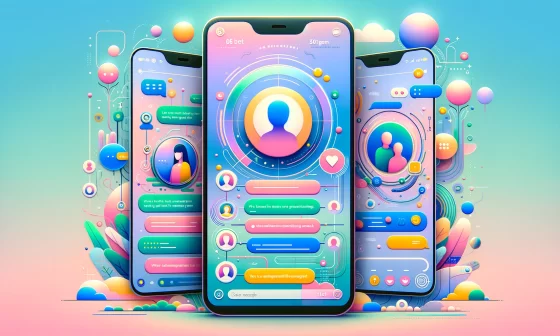Okay, tell me I’m not alone here. You know that moment when you fire up DALL-E, ready to create something cool, and then… you just freeze? You’re sitting there, staring at the screen, trying to come up with the perfect prompt. And when you finally do, you can’t shake off the feeling that maybe, just maybe, there was a better idea lurking around in your brain, right? I mean, it’s DALL-E – the sky’s the limit with this thing. You can literally make any image you can think of, well, as long as it’s safe for work (bummer about the NSFW stuff, I know, haha).
But hey, don’t sweat it. I totally get that feeling of being overwhelmed by all those choices. That’s exactly why I put together this little guide. It’s like a creativity booster for your DALL-E sessions. I want to help you break out of that ‘what do I create?’ loop and get those creative juices flowing. So, next time you’re in front of DALL-E, you’ll be churning out those awesome prompts like a pro. Let’s dive in and see how you can make the most out of this amazing tool!
- Be Specific: Detailed descriptions lead to more precise and unique images. For instance, instead of saying “a cat,” describe the cat’s breed, color, size, and even its expression.
- A small, fluffy Siberian cat with bright green eyes, sitting on an antique mahogany bookshelf.
- A large, scarlet macaw with vibrant blue and yellow feathers, perched on a branch in the Amazon rainforest.
- A sleek, silver Tesla Roadster with custom black racing stripes, parked in front of a modern glass building.
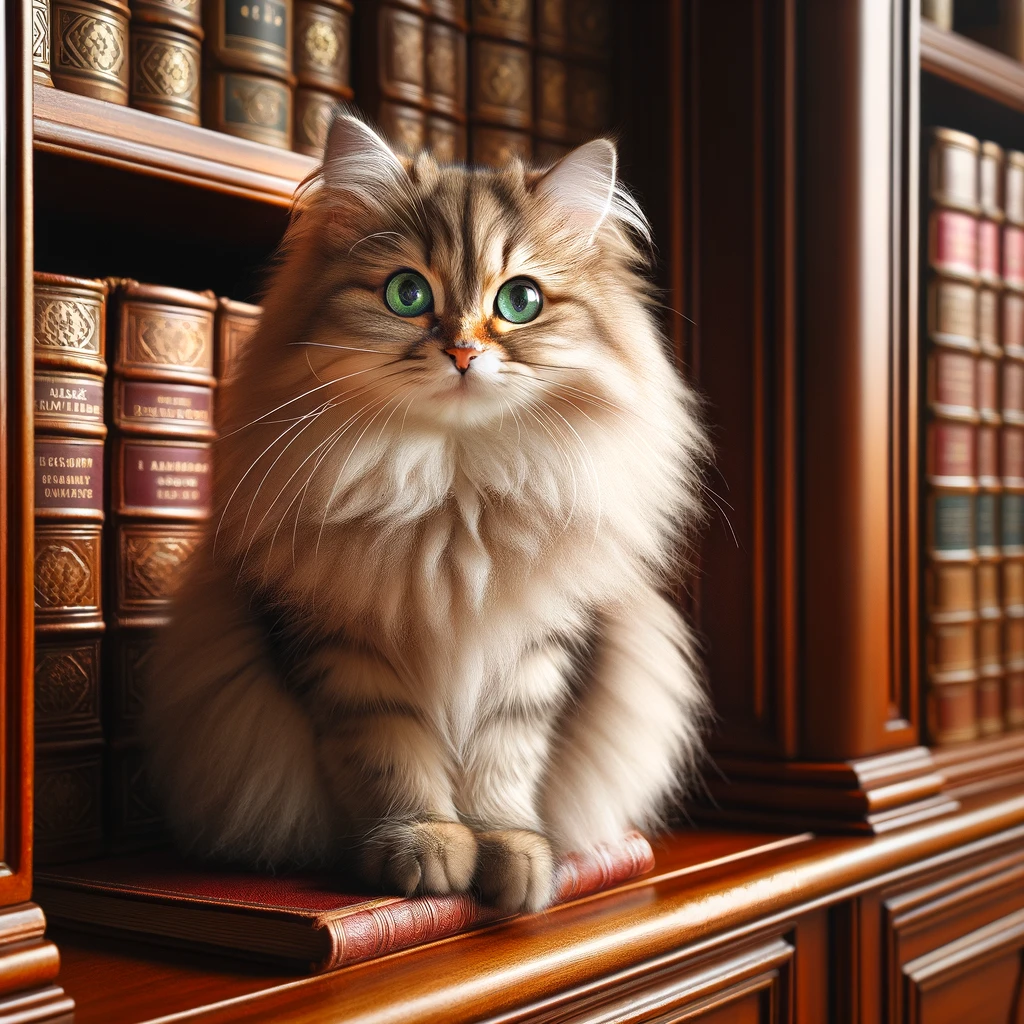
- Incorporate Environment: Contextualize your subject by including its environment. Is it in a forest, a futuristic city, or an abstract space?
- A vintage brass telescope overlooking a bustling 18th-century port city at sunset.
- A futuristic holographic computer set up in a minimalist, white-space office with panoramic city views.
- An old, moss-covered stone well in the center of an enchanted, foggy forest.
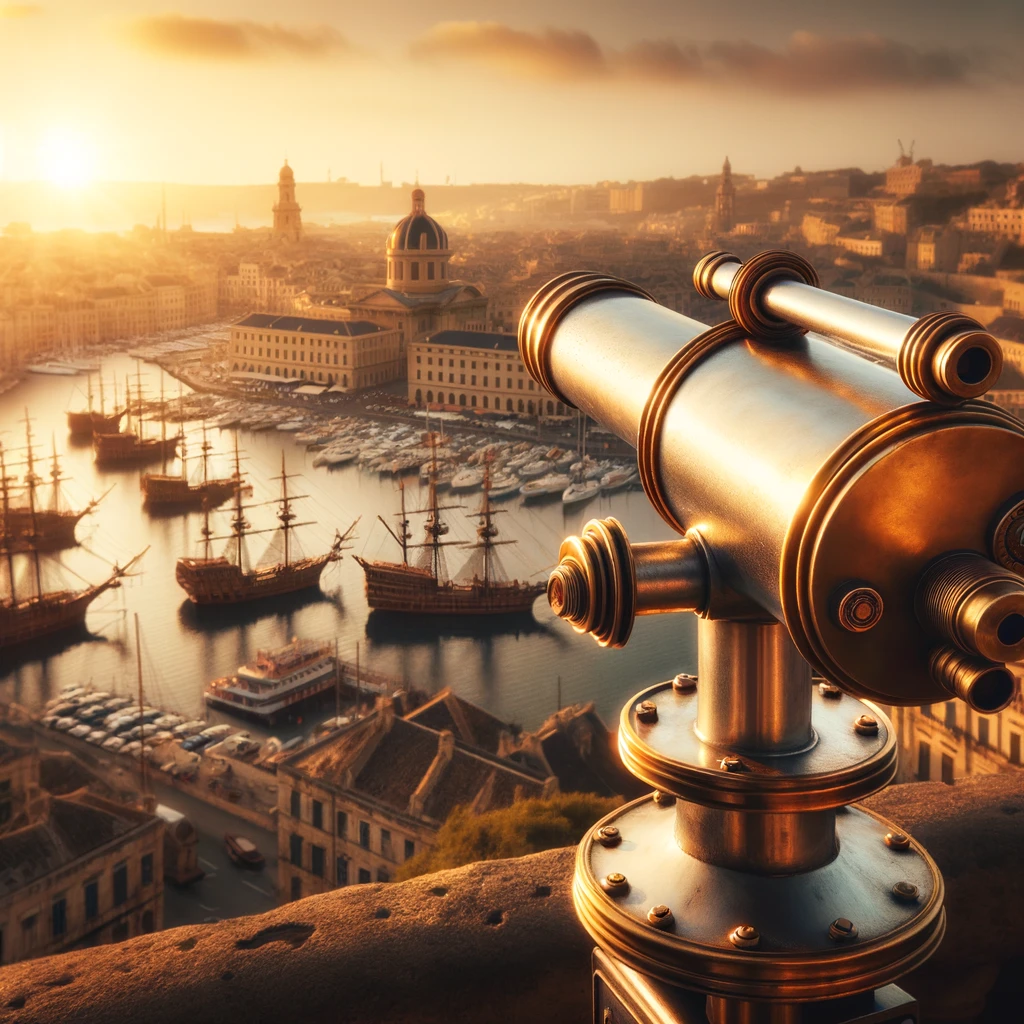
- Mix Elements: Combine different elements that don’t usually go together. For example, a robot playing a violin in a Victorian-era setting.
- A Victorian-era gentleman using a modern smartphone, sitting in a classic horse-drawn carriage.
- A medieval knight holding a futuristic laser sword, standing in front of a castle.
- An astronaut planting colorful tulips on the moon, with the Earth visible in the background.
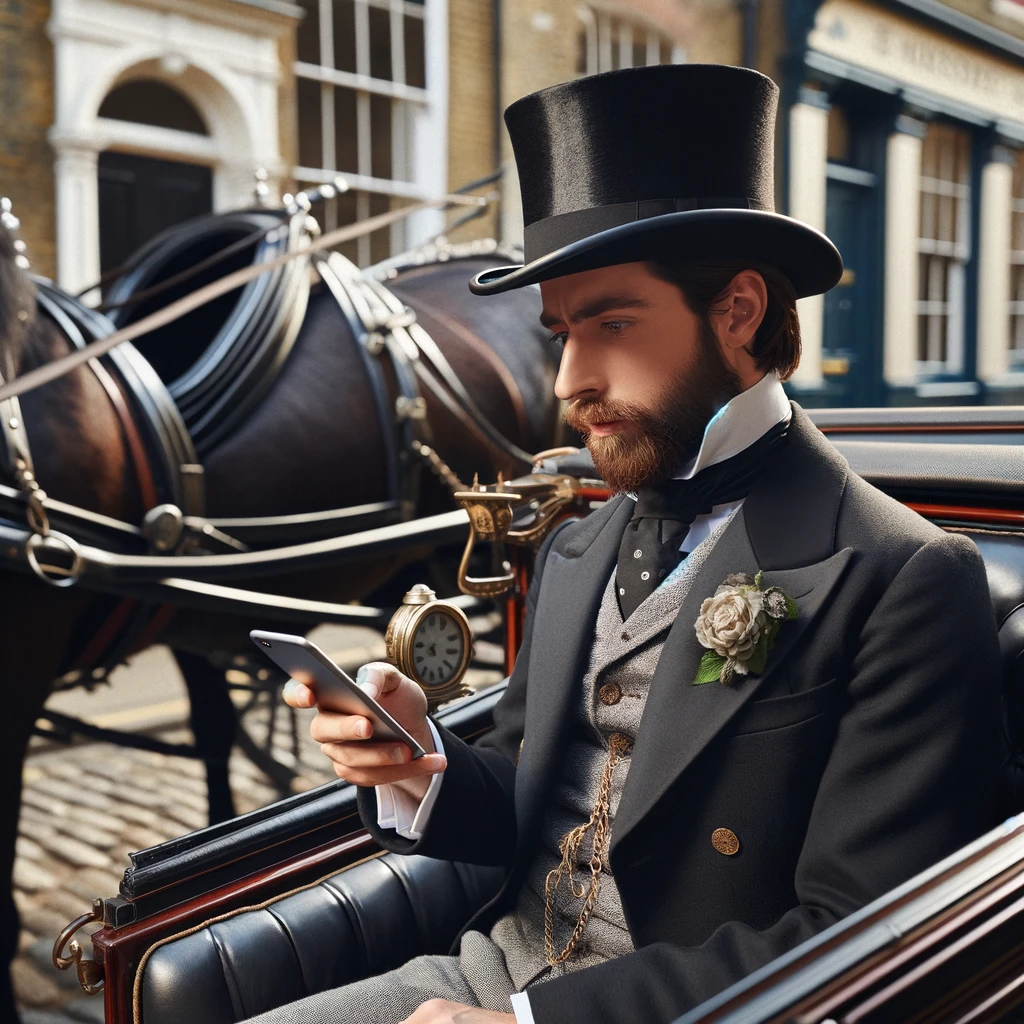
- Play with Scale and Perspective: Exaggerate sizes or play with unusual perspectives. Think of a tiny elephant standing on a flower or a view from atop a gigantic tree.
- A tiny human standing on the petal of a gigantic, vividly colored sunflower.
- A massive, ancient tree with houses and shops built into its branches, towering over a small village.
- An oversized, antique clock face serving as a round table in a contemporary café.
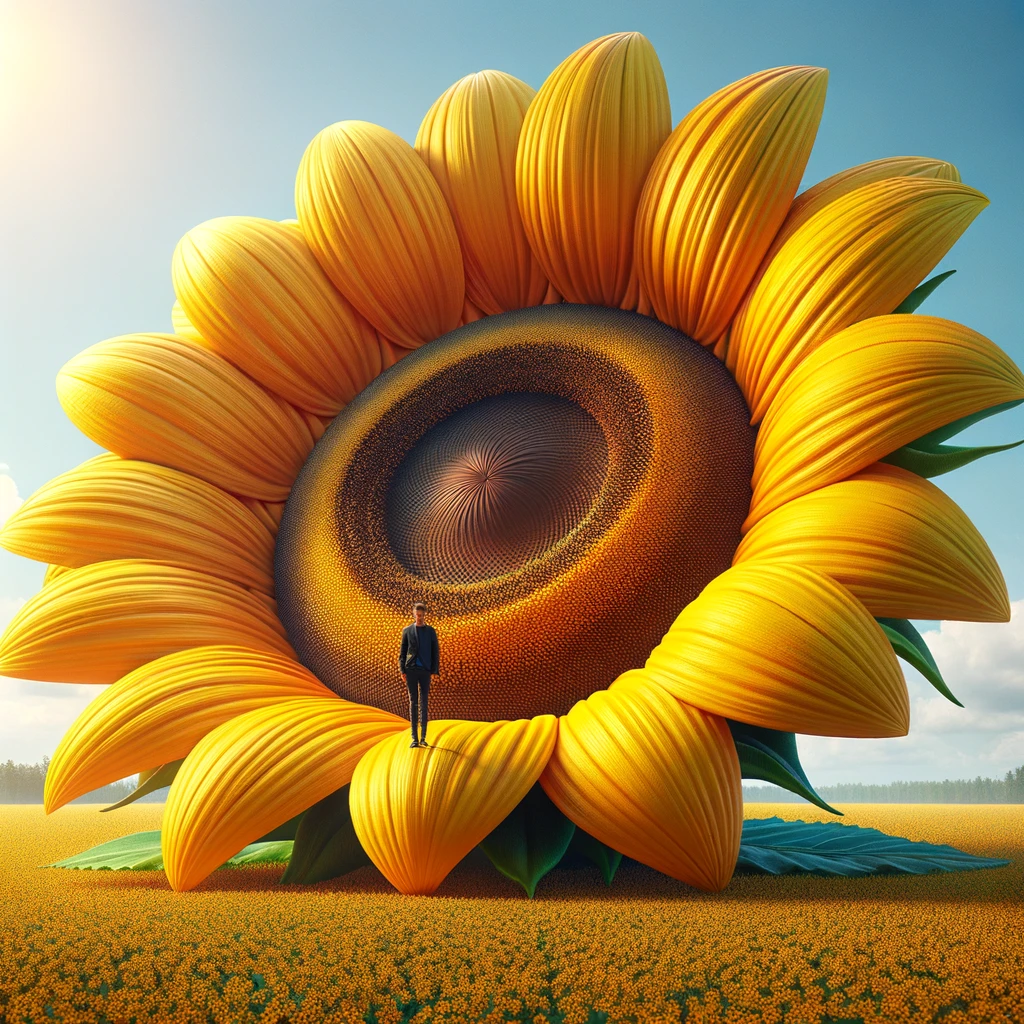
- Include Action: Make your scene dynamic by adding action or motion, like a dancer mid-twirl or a car racing through a neon-lit street.
- A chef flamboyantly flipping a pancake in a busy, modern kitchen.
- A skateboarder performing an intricate trick over a set of stairs in a graffiti-covered urban landscape.
- Two dancers in elegant attire performing a dramatic tango in a dimly lit, vintage ballroom.
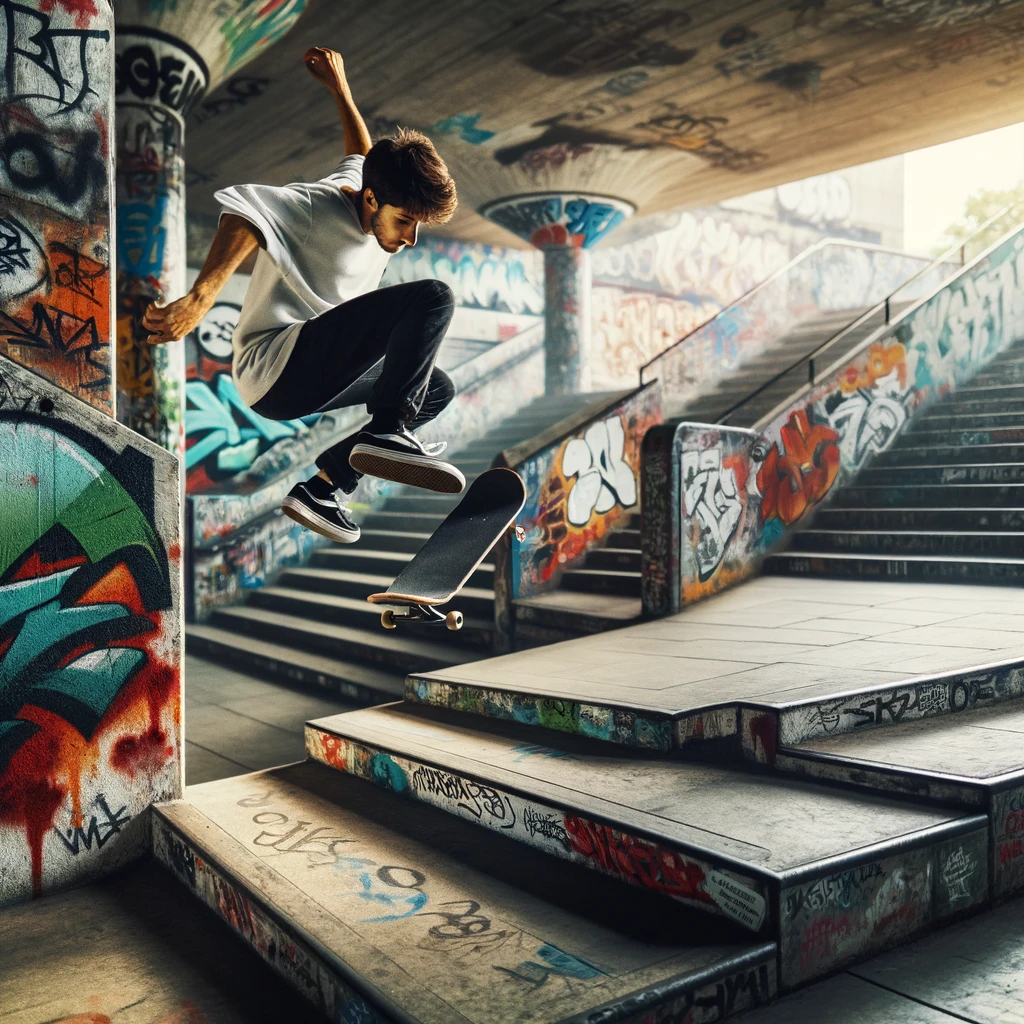
- Emotional Tone: Set an emotional tone. Is the scene whimsical, serene, dramatic, or eerie?
- A serene, misty morning on a tranquil lake with swans gliding peacefully.
- A whimsical, candy-colored carousel surrounded by laughing children and balloons.
- A dramatic, stormy ocean scene with towering waves and a lone lighthouse beacon.
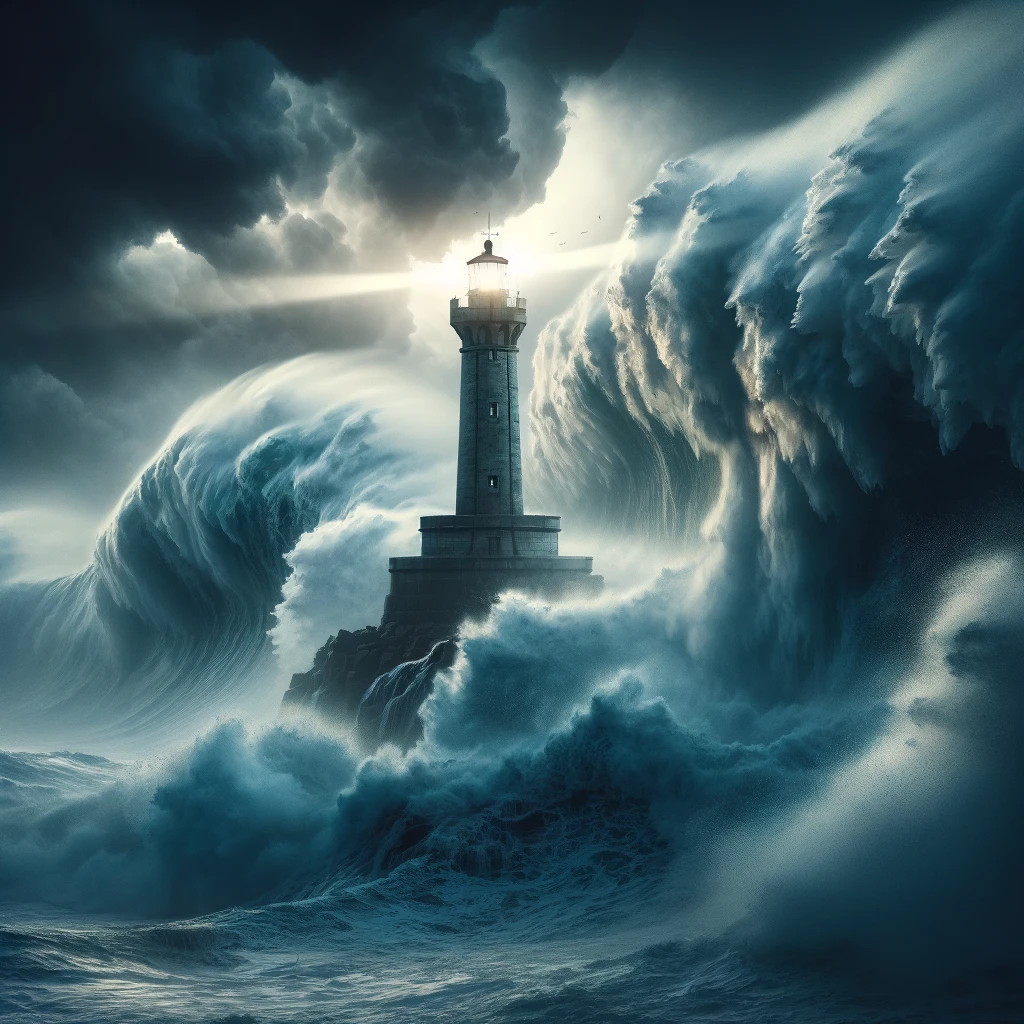
- Use Color Themes: Specify color palettes. For instance, a scene in sepia tones, vibrant neon colors, or a monochromatic blue setting.
- A vibrant street market scene, dominated by various shades of red, from crimson tents to scarlet fruits.
- An icy landscape under the Northern Lights, with hues of green and blue illuminating the snow.
- A peaceful bedroom in soft pastel colors, with light pink walls and baby blue bedding.
- Historical or Futuristic Themes: Incorporate elements from different time periods, like a medieval scene with futuristic technology.
- Ancient Roman soldiers using holographic maps in a strategy meeting.
- A 1920s flapper girl driving a sleek, self-driving car in a bustling modern city.
- A futuristic cityscape blending classical Greek architecture with advanced, neon-lit skyscrapers.
- Fantasy and Sci-Fi Elements: Add fantastical creatures, mythical beings, or sci-fi gadgets.
- A majestic dragon perched atop a futuristic skyscraper, overlooking a neon-lit city.
- A wizard casting spells in a high-tech laboratory filled with advanced scientific equipment.
- An alien marketplace with various extraterrestrial species trading exotic, intergalactic goods.
- Cultural References: Include cultural or artistic references, ensuring they respect the policy guidelines about modern artists and cultures.
- A Japanese tea ceremony being conducted by robots in a traditional tea house.
- A mural depicting ancient Egyptian gods and goddesses, styled in traditional hieroglyphic art.
- A Renaissance fair set in a small Italian village, complete with costumed performers and traditional crafts.
- Seasonal or Weather Aspects: Mention specific weather conditions or seasonal attributes, like a snowy landscape or a summer beach scene.
- A cozy winter cabin covered in snow, with a warm light glowing from inside.
- A vibrant spring garden in full bloom, with cherry blossoms and butterflies.
- A fierce summer thunderstorm over a calm countryside, with lightning illuminating the fields.
- Interactions: Describe interactions between characters or objects, like a person teaching a robot to cook.
- A group of children teaching an old robot how to play hopscotch in a park.
- A painter capturing the scene of a busy urban street on their canvas, with passersby stopping to watch.
- A human and an alien playing chess in a park, surrounded by curious onlookers.
Here’s an image I asked Dall-E to create based on this blog post.

So, there you have it. Remember, feeling stuck at the start is just part of the creative process, especially with something as vast and open-ended as DALL-E. But with the tips and tricks I’m about to share, you’ll find yourself effortlessly navigating through the sea of possibilities. You’ll be crafting prompts that not only resonate with your creative vision but also harness the full potential of AI-powered art. So, keep these ideas in mind, stay curious, and let your imagination run wild. The perfect DALL-E creation is just a prompt away!






